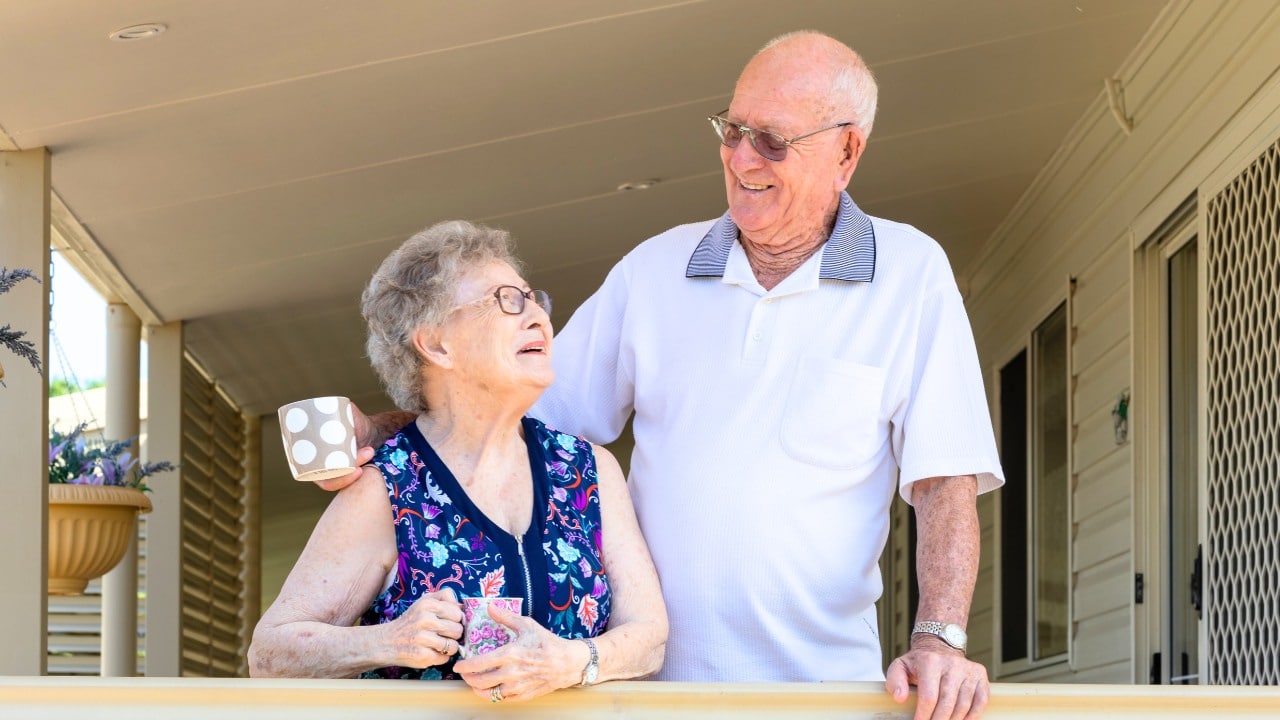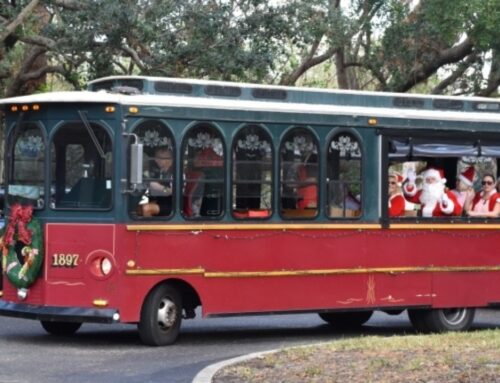As people age, the desire to maintain independence remains strong. For many, independent living communities provide a safe, comfortable space tailored to seniors’ needs while allowing them independence.
Nearly 1 million seniors are now choosing independent living options. These options allow them to age in place with minimal assistance, according to the American Seniors Housing Association. These communities provide older adults with accessible spaces, social activities, and helpful amenities. This support encourages a self-sufficient and fulfilling lifestyle.
Understanding what independent living offers can help individuals and families make the best choice for their future well-being.
This guide explains the benefits, types, and main considerations of independent living. The information will help you make a well-informed choice for a fulfilling, self-sufficient life.
Understanding Independent Living
Independent living is for older adults or people with disabilities who want to live independently with little help. This senior living option provides a safe, comfortable, and accessible space, helping people age in place while staying independent.
Independent living is ideal for seniors who don’t need daily medical help but appreciate accessible spaces and amenities. Home updates like grab bars, ramps, and removing tripping hazards make daily tasks easier and reduce fall risks.
What are the Benefits of Independent Living?
Independent living offers numerous benefits, including enhanced quality of life, access to support services, and opportunities for social inclusion and empowerment.
1. Increased Privacy and Autonomy
Independent living offers more privacy and autonomy. It allows individuals to stay independent and make lifestyle choices that match their preferences.
Additionally, inclusive communities play a vital role in supporting individuals on their journey toward independent living. By joining a community that values diversity and inclusivity, individuals can feel a sense of belonging and support.
Furthermore, implementing home safety measures helps individuals feel secure in their living environment, which further enhances their independence.
Finally, opportunities for social participation, whether through communal activities or neighborhood gatherings, contribute to a fulfilling and engaging lifestyle for those embracing independent living.
2. Greater Sense of Control and Freedom
Independent living empowers individuals with a greater sense of control and freedom over their daily lives. It allows them to access necessary services such as transportation, healthcare, and community integration.
It lets individuals choose their own schedules, activities, and living setup, encouraging self-reliance and independence. Living independently lets people shape their environment to meet their needs and preferences, building empowerment and self-determination.
Independence opens opportunities for individuals to engage with their community, participate in social activities, and contribute to society in meaningful ways. This increased level of freedom and agency can significantly enhance overall well-being and quality of life.
3. Ability to Maintain Social Connections
Another significant benefit of independent living is the ability to maintain social connections, access peer support, social services, and receive mental health support, contributing to aging gracefully and overall well-being.
Living independently allows individuals to engage in various activities with like-minded peers, fostering a sense of community and camaraderie. These interactions give emotional support and open the door to shared experiences and friendships, greatly improving quality of life.
Independent living communities offer group outings, wellness programs, and workshops to support well-being. This support system can greatly improve mental health by reducing loneliness and creating a sense of belonging.
4. Potential Cost Savings
Independent living facilities are often more affordable than residential care. They serve seniors who need little daily help, not the intensive medical or personal care that residential facilities provide. Unlike residential care, which can include round-the-clock support, independent living emphasizes self-sufficiency, lowering costs associated with intensive caregiving services.
The Genworth Cost of Care Survey (2023) shows that independent living typically costs 30-40% less than assisted living, making it a more affordable choice for seniors needing little help.
Many independent living communities provide flexible plans. Seniors can pick services like meal plans, cleaning, or wellness programs based on their needs and budget. This flexibility lets residents enjoy a comfortable lifestyle at lower costs while accessing resources that support independence.
What are the Different Types of Independent Living?
- Retirement Communities:
Retirement communities provide affordable, supportive living spaces for seniors, featuring modifications like grab bars, ramps, and well-lit areas to enhance safety and accessibility. These communities encourage social connections and a sense of belonging. They help seniors live comfortably on a fixed income, promoting independence, dignity, and healthy aging.
- Senior Apartments:
Senior apartments provide a community-based, independent living option for older adults, with amenities like dining, fitness centers, social activities, and transportation. These features support seniors’ independence while offering help when needed. They create a secure environment, encourage social connections, and promote a well-rounded lifestyle.
- Continuing Care Retirement Communities (CCRCs):
Continuing Care Retirement Communities offer everything from independent living to assisted living and skilled nursing, allowing residents to transition as needed. These communities are designed to be accessible to people of all abilities. They offer wellness programs, fitness classes, and social activities that encourage healthy aging and a connected lifestyle.
- Assisted Living Facilities:
For those needing help with daily activities, assisted living offers a balance of autonomy and care. These facilities provide a safe environment with accessible designs and encourage community participation.
Considerations Before Choosing Independent Living
When evaluating options, consider the following factors to ensure a good fit:
1. Location and Accessibility:
Proximity to healthcare, grocery stores, and community centers can enhance quality of life. Safety features like grab bars, non-slip flooring, and emergency response systems are also essential for peace of mind.
2. Cost and Financial Planning:
Understand the costs involved and create a budget to manage expenses. Financial planning ensures independence and allows for better lifestyle choices as you age.
3. Amenities and Services:
Look for communities with dining facilities, fitness centers, and social events. Mobility aids and social inclusion programs also enhance the quality of life.
4. Level of Care and Support:
Make sure the community has the right care level for you. This includes personal assistance, healthcare access, and life skills programs.
Preparing for an Independent Lifestyle
Transitioning to an independent community requires planning and adjustments for a smoother experience. Here are some steps to consider:
- Declutter and Downsize: Simplify your space by removing unnecessary items and creating functional, accessible layouts. This makes daily tasks easier and promotes safety.
- Budget and Financial Planning: Set up a realistic budget that covers housing, healthcare, and other personal expenses. Planning finances helps maintain financial independence and flexibility for lifestyle choices.
- Visit Different Communities: Touring several communities provides insight into available resources, social events, and the general atmosphere. Interacting with residents can give you a genuine sense of each community’s culture.
- Plan for Social Connections: Regular social activities, like joining clubs or community groups, can enrich daily life. A support network of friends and peers can enhance mental well-being and encourage an active lifestyle.
Conclusion
Independent housing supports seniors and others in maintaining a safe, fulfilling life in a familiar environment. From retirement communities to CCRCs, there are many options to explore based on individual needs. Preparing for this transition with the right budgeting, community connections, and resources makes the move smoother and more enjoyable.
My Care Finders can be a trusted, free advocate in this journey, helping seniors and their families find the ideal community, navigate available options, and access essential resources. With personalized, no-cost guidance and support, My Care Finders ensures that seniors and families feel confident and prepared every step of the way.





